Wildlife experts declare that 1 in 6 UK species are now in danger of becoming extinct. This landmark report, released on September 27th 2023, warns the government that UK nature is now in a serious and unsustainable decline. But urges with conservation, change is still possible.
The State of Nature report paints a concerning, uncertain picture for the future of the UK’s wildlife.
The UK is already one of the most nature depleted countries in the world, with only 13% of its land area being woodland. In comparison, our neighbours, France and Germany, have 33% and 31% of their land covered in forests. And wildlife experts state that habitat loss is one of the leading causes in our wildlife’s destruction.
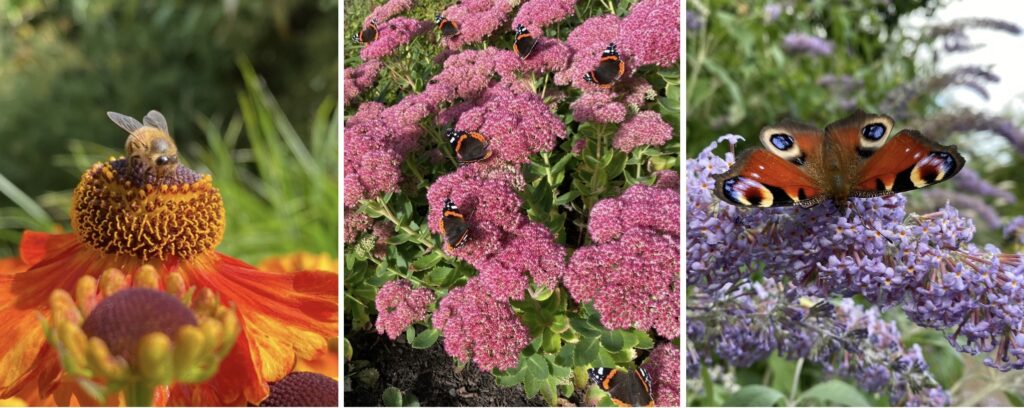
Forest and woodland areas are a lifeline for so many species – their shelter, their food, their safety. It is their home, and the continuing destruction of it is having a detrimental effect to their populations. In the last 25 years, 290 UK species (38% of total UK wildlife) have suffered a strong decrease in abundance.
The decrease in population size of many UK species over the last 50 years is staggering. For example, since 1970 pollinating insects, such as bees, have decreased by 18%, seabird populations have decreased by 24% since 1986, populations of small and mid-sized mammals (mice to hares) decreased by an average of 29% between 1970 to 2016 and in 2019 it was found that harbour seal populations had declined by 25% compared to previous years.
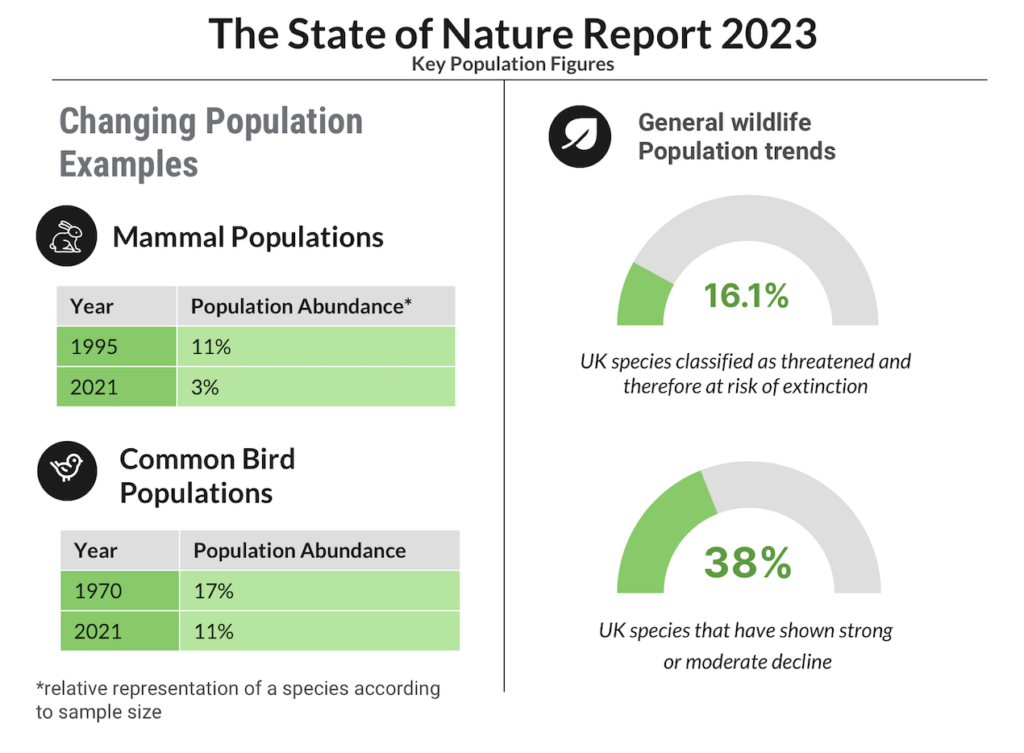
The State of Nature report outlines how these dramatic population decreases and the UK’s declining biodiversity is largely down to human actions. The report argues that: “The evidence from the last 50 years shows that on land and in freshwater, significant and ongoing changes in the way we manage our land for agriculture, and the effects of climate change, are having the biggest impacts on our wildlife. At sea, and around our coasts, the main pressures on nature are unsustainable fishing, climate change and marine development.”
The loss of habitat due to expanding farmland and urbanisation, climate change from burning fossil fuels, pollution from illegally disposing of sewage in rivers and seas, diseases spreading from extreme factory farming and many more exploitations of our environment have all created a country where its own wildlife is struggling to survive.
Tony Jupiter, the chair of Natural England, said to The Guardian when asked about the new State of Nature report: “Today’s report shines a spotlight on the continuing declines of many of our native species, a trend symptomatic of the overall health of nature and the wider environment in this country. If we are to get on track toward meeting our national target to become nature positive, then we are going to need a big step up in the way we treat and value nature.”
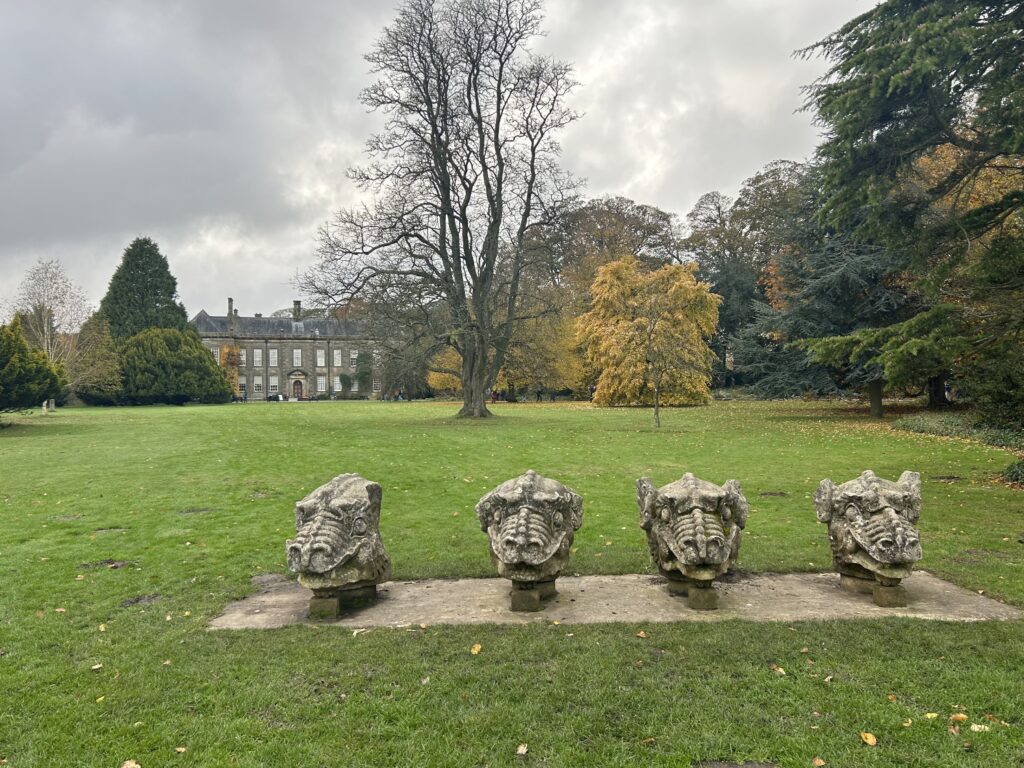
Wallington Hall is trying to do just that. Wallington is a National Trust property with over 13,500 acres of gardens, woodland and farmland located near Cambo, Northumberland – only a 35-minute drive outside Newcastle. The rangers and gardeners are trying to combat the decline in biodiversity and create a safe and natural habitat for its wildlife. They have to work against the general UK trends we can see in the State of Nature report, such as invasive species and the effect of climate change.
Beck and Chris Orton, dedicated gardeners of Wallington’s walled garden for over 15 years and the local caretakers of Cambo’s Village Hall said: “We’re really lucky at Wallington, we are sort of a little oasis of creatures.”
For example, Wallington Hall has been a stronghold for red squirrels, being one of the last areas in England to have a consistent population of our beloved British reds. The State of Nature report found that from 1993 to 2016, red squirrel populations have decreased by a disheartening 37%. However, Wallington’s Red Squirrel Conservation Programme helps protect the resident reds and keep the greys at bay.
Beck Orton explains how the rangers’ work helps to maintain their native wildlife from invasive species: “They’ve got a really great programme to help the reds at Wallington” for example, “if they know a grey is in the area or section of woodland, they’ll put up a target feeder to locate and remove the grey from the red’s habitat”.
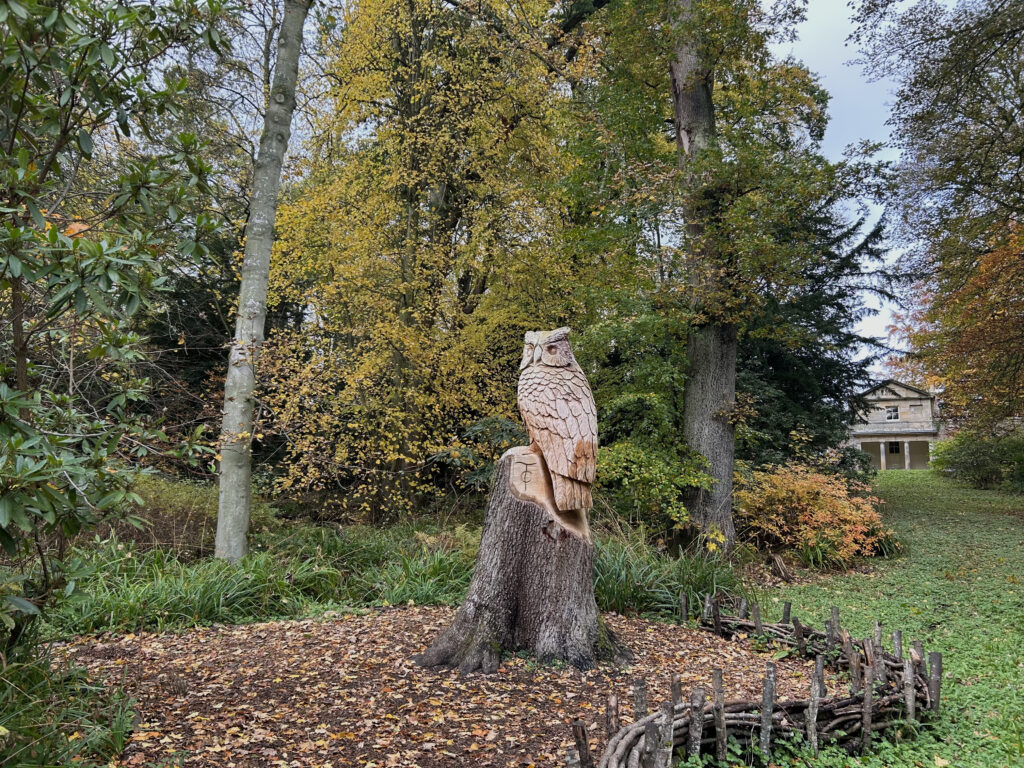
Climate change is another global issue Wallington has to face, with heat waves, drought and wildfires being the forefront of concern in the warmer months; and storms, flooding and falling trees in the colder ones. The National Trust has warned the public that these extreme conditions have become the ‘new norm’ and have a detrimental impact on their wildlife and nature.
When asked about the effects of climate change, Beck Orton remarked about the changing weather, “Now we get long prolonged extremes”. Chris Orton adds: “Springtime is much more extreme than we remember. You get a lot of later frosts and snows, which means plants are flowering later or not at all. Most plants will come through eventually, but it’s not the best thing for them really, because everything else depends on them flowering at the right time. Things come into flower at certain times for certain animals, certain insects. They are quite a vital food source after winter.”
The State of Nature report goes onto highlight how with conservation efforts and supportive green policies it is possible to prevent extinctions, reverse declining wildlife and boost our biodiversity. Its recovery ideas are to improve the quality of protected sites on land and sea, create bigger more rugged places for wildlife, reduce land pollution and have targeted recovery action for endangered species.
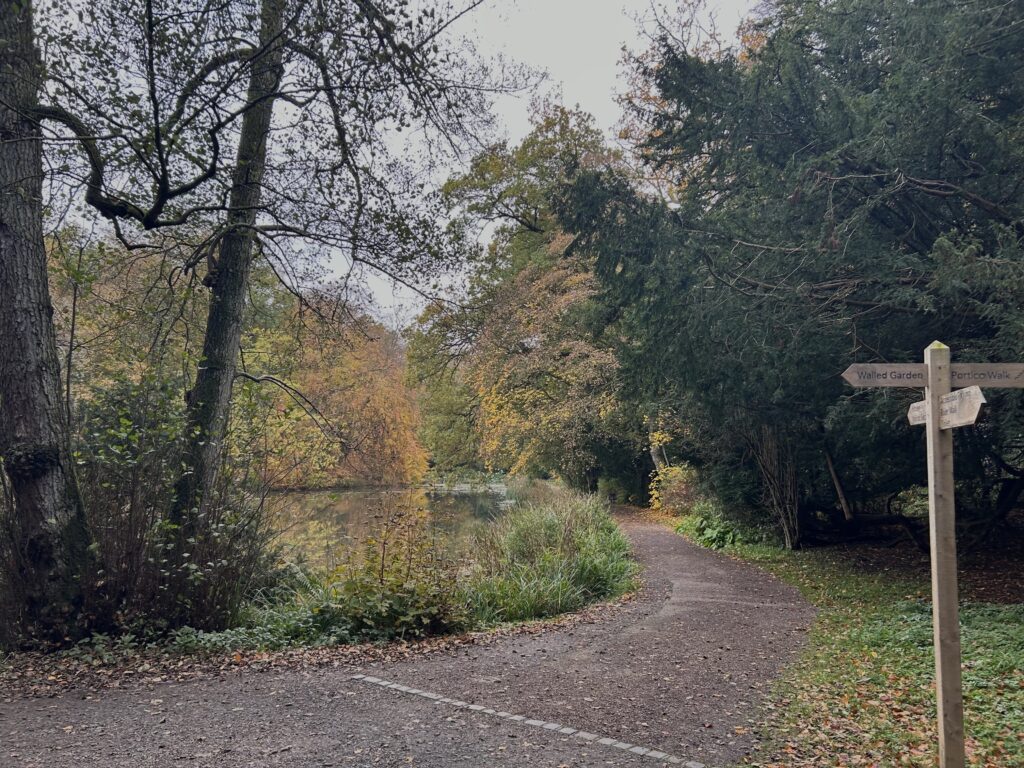
Conservation attempts are already proving successful with bat populations increasing in certain areas due to new laws protecting their roost and hibernation sites.
At Wallington Hall, there has been a process to reintroduce beavers to the rivers, which will not only help beaver populations but will go onto positively shape the entire ecosystem by reverting it back to its natural state. Chris Orton described a reforestation process that is in the works for Wallington’s surrounding farm land: “They’re gonna be planting millions of trees basically, getting away from the heavy grazing and crop land, so there’s a big, big programme planned out for the next 50 years plus of planting, which is incredible”.
Therefore, there is warrant for optimism, but only a cautious optimism.
Our environment is a sensitive and intricate system, which has been exploited to a point where it has nearly shattered. It’s time for the government to take this issue seriously and introduce effective green policy to protect the UK’s iconic wildlife and vital ecosystems. It will take time, money and dedication to get our wildlife back to safe, sustainable levels. But there’s definitely a green glimmer of hope, we’ve just got to get past our current smog-filled, murky oil painting to see it.
To read the State of Nature Report, Click Here.
To learn more about Wallington Hall, Click Here.

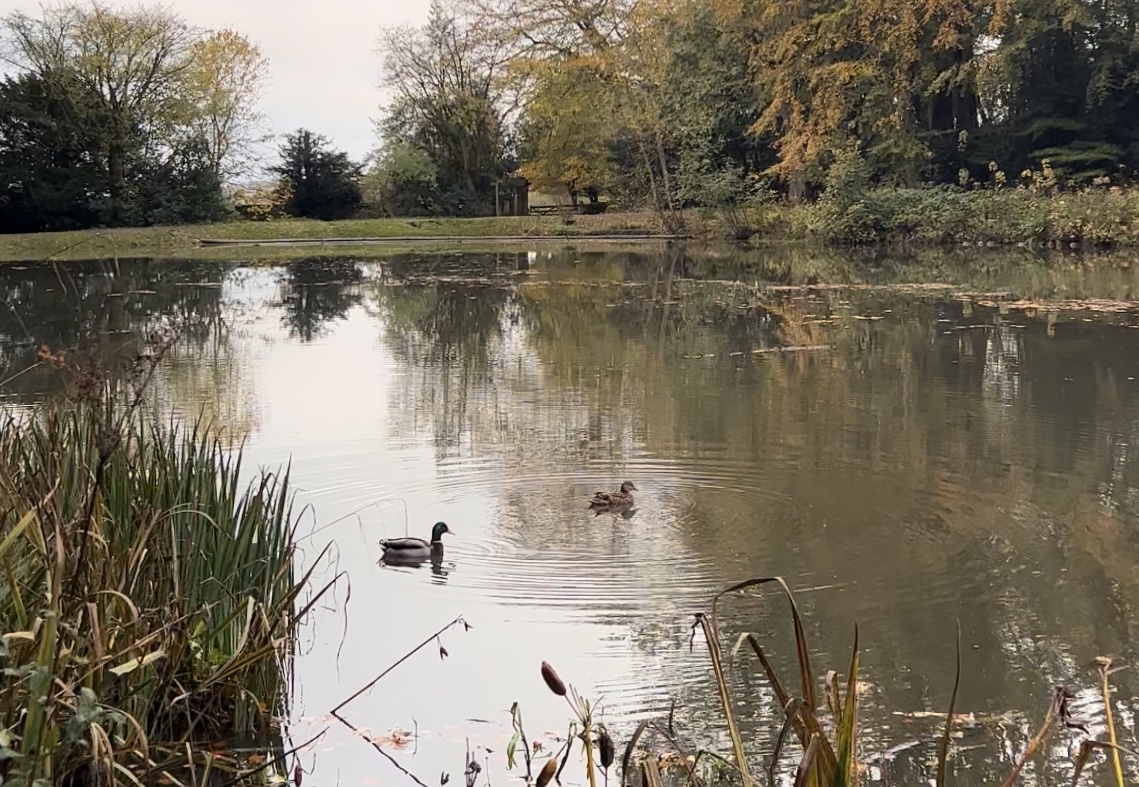
Well-done to Wallington Hall! Nice to see despite all the terrifying statistics, there are people trying their best to promote eco-diversity.